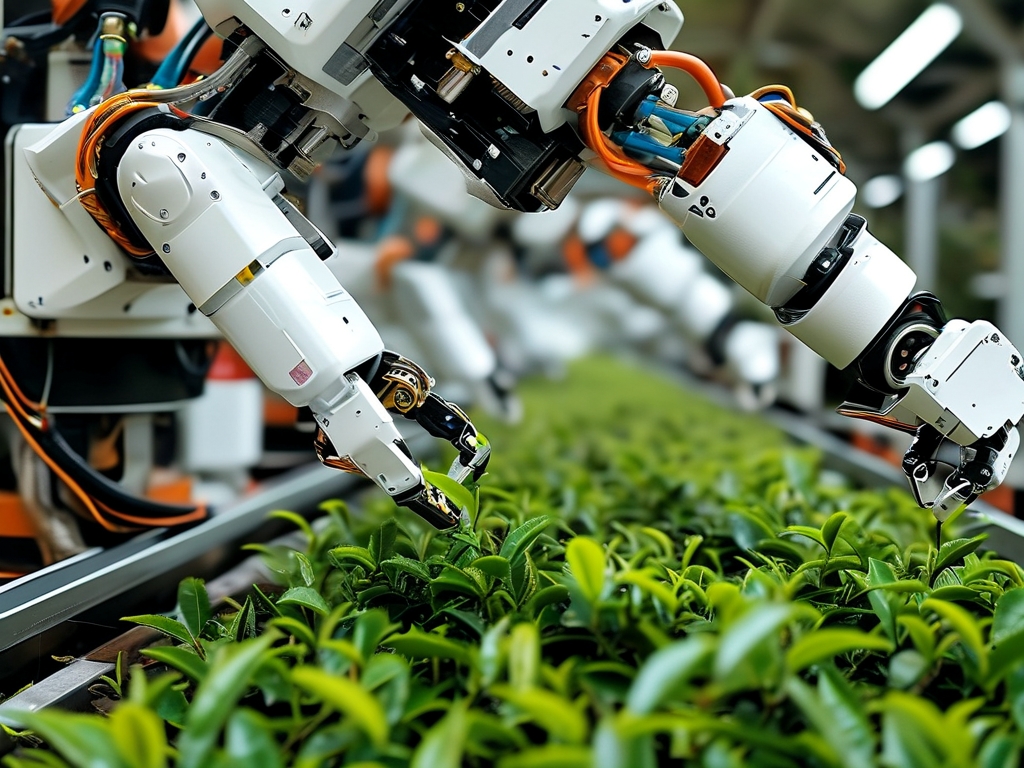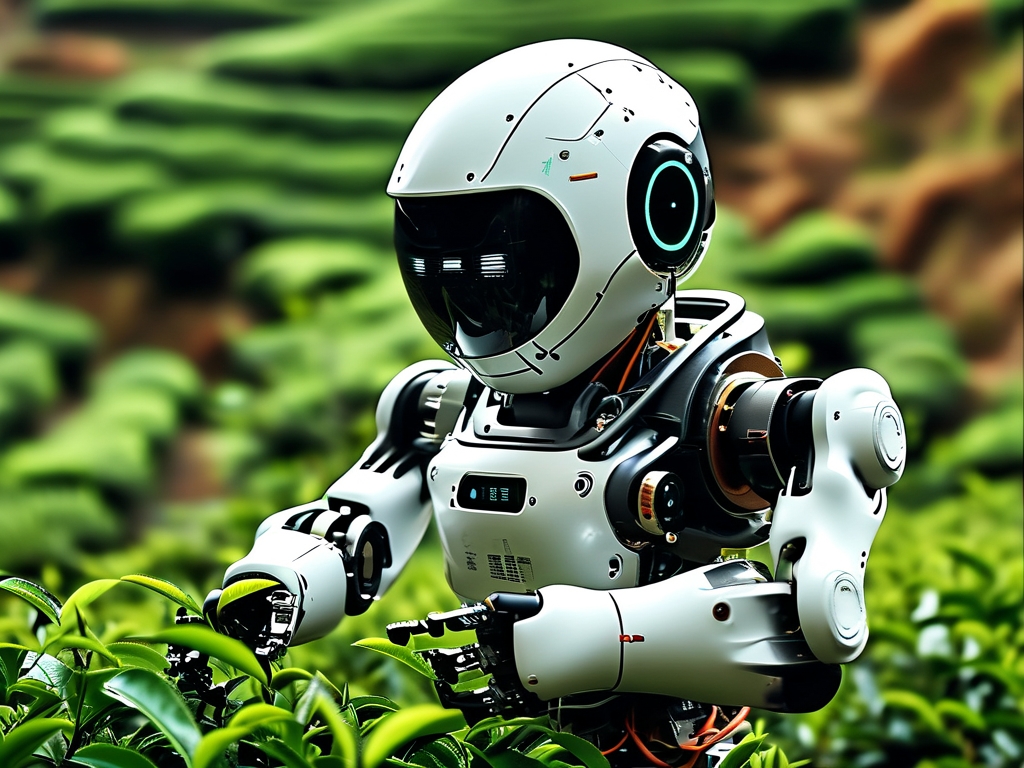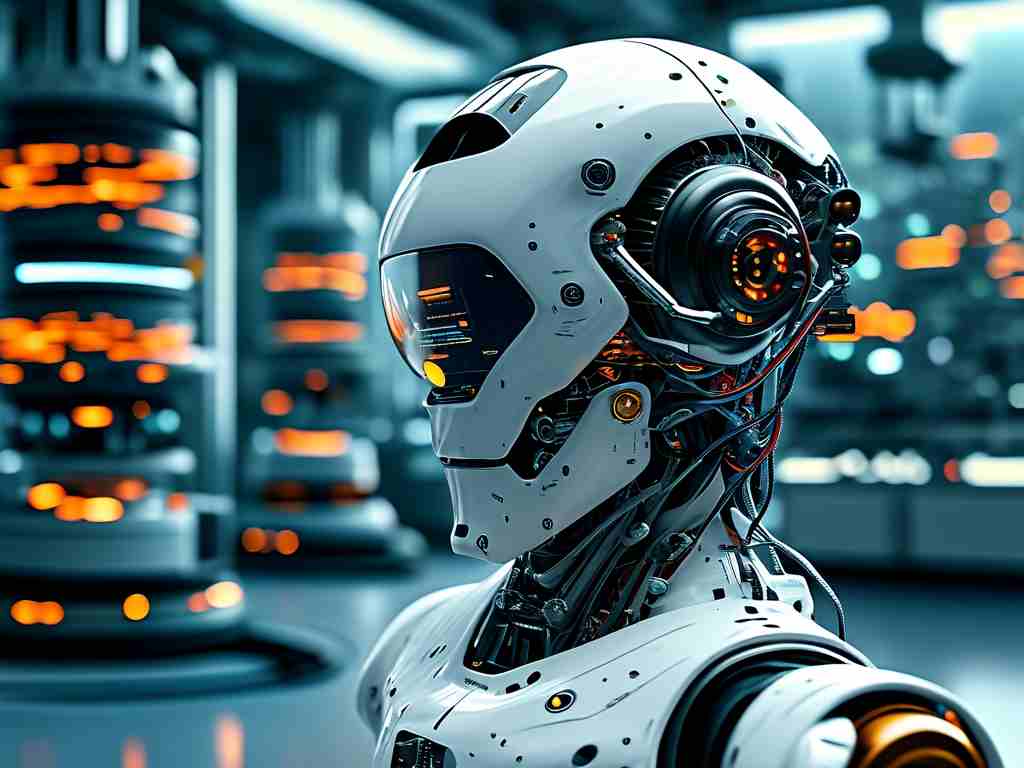The integration of robotics into agriculture has opened new frontiers in crop management, with tea harvesting emerging as a key area of innovation. Robotic tea harvesting technology combines advanced vision systems, precision mechanics, and artificial intelligence to replicate the nuanced tasks traditionally performed by human workers. This article explores the foundational principles behind these machines and their transformative potential for the tea industry.
Vision Systems: The Eyes of the Machine
At the heart of robotic tea harvesting lies sophisticated visual recognition technology. Multispectral cameras and LiDAR sensors work in tandem to scan tea bushes, capturing detailed 3D maps of foliage density and leaf maturity. Machine learning algorithms trained on thousands of tea leaf images enable the system to distinguish between tender shoots suitable for plucking and older leaves that require retention. Unlike human pickers, these systems operate in near-infrared wavelengths, detecting subtle variations in chlorophyll content that indicate optimal harvest timing.
Adaptive Manipulators: Precision in Motion
Robotic arms equipped with soft grippers mimic the dexterity of human fingers while overcoming biological limitations. Servo motors with torque feedback adjust pressure dynamically, ensuring delicate handling of tea buds without bruising. Some prototypes employ vacuum-assisted suction mechanisms for non-contact plucking, reducing mechanical stress on plants. The manipulators’ trajectories are optimized using motion-planning algorithms that account for variables like branch flexibility and foliage obstruction, enabling efficient navigation through dense tea canopies.
Navigation and Autonomy
Self-guided harvesting platforms utilize simultaneous localization and mapping (SLAM) technology to traverse uneven terrain in tea plantations. Millimeter-wave radar detects obstacles in real time, while inertial measurement units maintain stability on slopes up to 30 degrees. Energy-efficient designs incorporate solar panels and regenerative braking systems, allowing continuous operation for 8–12 hours. Fleet management software coordinates multiple robots across large estates, minimizing redundant coverage through swarm intelligence protocols.
AI-Driven Decision Making
The system’s neural networks analyze historical yield data, weather patterns, and soil conditions to predict optimal harvesting windows. Reinforcement learning models improve picking strategies over successive seasons, adapting to regional variations in tea cultivars. Cloud-based analytics provide growers with actionable insights, from yield projections to plant health diagnostics.
Operational Advantages
Field tests in Japanese and Chinese plantations demonstrate 40–60% faster harvesting speeds compared to manual labor, with 98% accuracy in selecting premium-grade leaves. By operating during night hours or foggy conditions when human workers cannot, robots extend productive harvesting windows. Early adopters report 30% reductions in labor costs and 15% increases in annual yield quality.

Technical Challenges
Despite progress, key hurdles remain. The high variability of tea bush morphology across cultivars complicates universal algorithm development. Morning dew and dust accumulation interfere with optical sensors, requiring frequent recalibration. Researchers are exploring hydrophobic lens coatings and pulsed air cleaning systems to address these issues. Another focus area is improving energy efficiency—current prototypes consume 2–3 kW per hour, limiting viability in off-grid regions.
Future Directions
Next-generation prototypes integrate hyperspectral imaging for phytonutrient analysis, enabling selective harvesting based on biochemical composition. Collaborative robotics (cobots) designs are being tested, where humans and machines work side-by-side, combining robotic efficiency with human qualitative judgment. Agricultural engineers predict that within five years, hybrid systems combining drone-based canopy scanning with ground robots could achieve full plantation coverage in under 48 hours.
The evolution of robotic tea harvesting exemplifies how precision agriculture is reshaping age-old practices. As these systems mature, they promise not only economic benefits for growers but also solutions to labor shortages and sustainable farming challenges. While complete automation remains a long-term goal, current implementations already demonstrate measurable impacts on productivity and product consistency in the global tea market.










